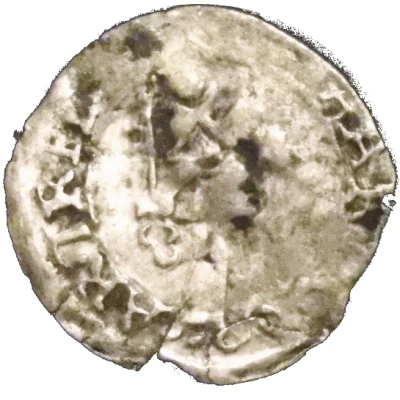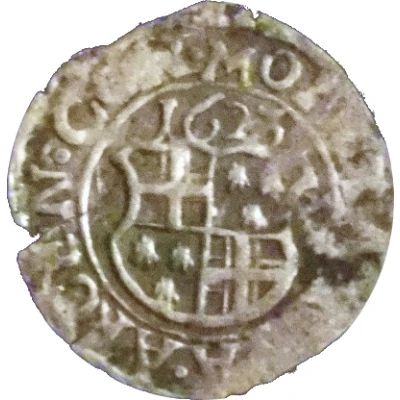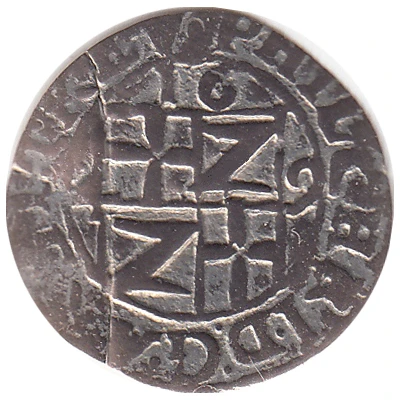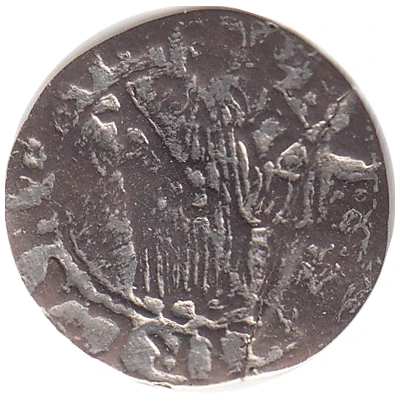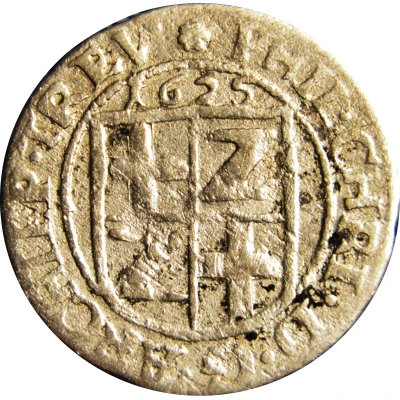
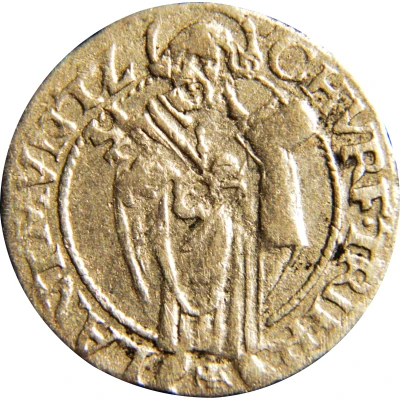

© smy77 (CC BY-NC-SA)
1 Albus - Philip Christopher of Sötern
| Silver | 1.01 g | 17.07 mm |
| Issuer | Archbishopric of Trier (German States) |
|---|---|
| Prince-archbishop | Philip Christopher of Sötern (1623-1651) |
| Type | Standard circulation coin |
| Years | 1625-1627 |
| Value | 1 Albus (1⁄48) |
| Currency | Thaler |
| Composition | Silver |
| Weight | 1.01 g |
| Diameter | 17.07 mm |
| Thickness | 0.58 mm |
| Shape | Round |
| Orientation | Coin alignment ↑↓ |
| Demonetized | Yes |
| Updated | 2024-10-05 |
| Numista | N#93746 |
|---|---|
| Rarity index | 93% |
Reverse
Saint holding bible and key.
Script: Latin
Lettering: CHVRF. TRIER LANTMVNTZ
Edge
Plain
Comment
The term "Albus" comes from Latin and means "white". It is so called because of its higher silver content compared to other denarii (denarus albus = white denarius = Weisspfennig). From 1625, this denarius was also called "Petermenger" or "Petermännchen" because of the representation of Saint Peter on the reverse.Reference v. Schrötter# 289
Interesting fact
The Albus coin was minted during the reign of Philip Christopher of Sötern, who was the Archbishop of Trier from 1625 to 1627. During his reign, the Archbishopric of Trier was a significant center of power and influence in the German States, and the Albus coin was an important part of the local economy. It's worth noting that the coin was made of silver, which was a valuable and sought-after metal at the time. The fact that it weighed 1.01 grams suggests that it was a relatively small coin, but it would still have been an important part of everyday transactions in the region. Overall, the Albus coin is an interesting piece of history that provides a glimpse into the economic and political landscape of the German States during the 17th century.
